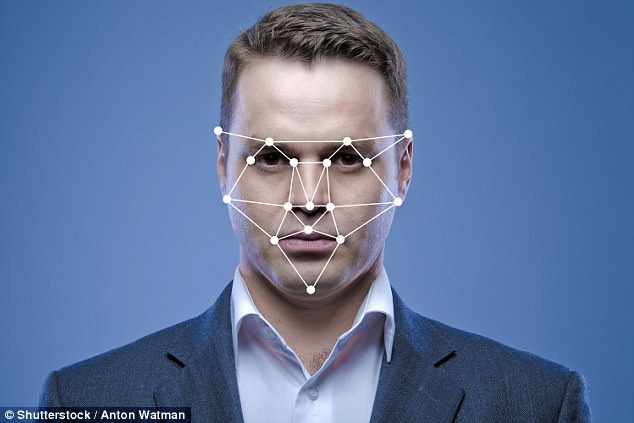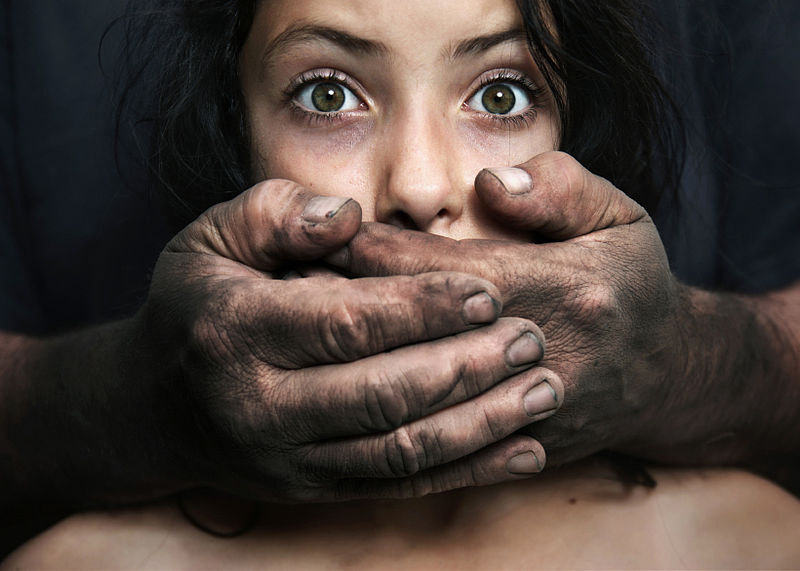Row Over Software That ‘Identifies Gay Faces’
The Stanford University study claims its software recognises facial features relating to sexual orientation that are not perceived by human observers.
The work has been accused of being “dangerous” and “junk science”.
But the scientists involved say these are “knee-jerk” reactions.
Details of the peer-reviewed project are due to be published in the Journal of Personality and Social Psychology.
For their study, the researchers trained an algorithm using the photos of more than 14,000 white Americans taken from a dating website.
They used between one and five of each person’s pictures and took people’s sexuality as self-reported on the dating site.
The researchers said the resulting software appeared to be able to distinguish between gay and heterosexual men and women.
In one test, when the algorithm was presented with two photos where one picture was definitely of a gay man and the other heterosexual, it was able to determine which was which 81% of the time.
With women, the figure was 71%.
“Gay faces tended to be gender atypical,” the researchers said. “Gay men had narrower jaws and longer noses, while lesbians had larger jaws.”
But their software did not perform as well in other situations, including a test in which it was given photos of 70 gay men and 930 heterosexual men.
When asked to pick 100 men “most likely to be gay” it missed 23 of them.
In its summary of the study, the Economist – which was first to report the research- pointed to several “limitations” including a concentration on white Americans and the use of dating site pictures, which were “likely to be particularly revealing of sexual orientation”.
On Friday, two US-based LGBT-focused civil rights groups issued a joint press release attacking the study in harsh terms.
“This research isn’t science or news, but it’s a description of beauty standards on dating sites that ignores huge segments of the LGBTQ (lesbian, gay, bisexual, transgender and queer/questioning) community, including people of colour, transgender people, older individuals, and other LGBTQ people who don’t want to post photos on dating sites,” said Jim Halloran, chief digital officer of Glaad, a media-monitoring body.
“These reckless findings could serve as a weapon to harm both heterosexuals who are inaccurately outed, as well as gay and lesbian people who are in situations where coming out is dangerous.”
Culled From The BBC




